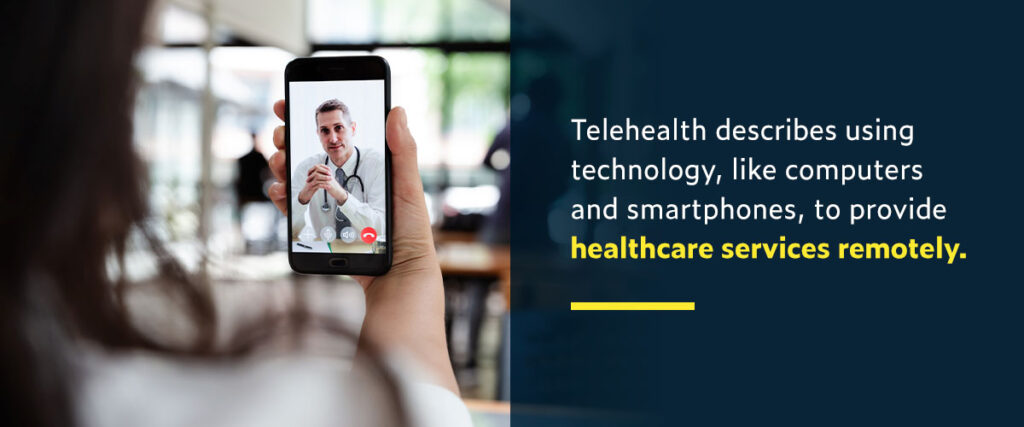The Effect of Subscription Based Healthcare on Traditional Clinical Practices
The Effect of Subscription Based Healthcare on Traditional Clinical Practices
Blog Article
The Increase of Subscription-Based Medical Care and Its Influence On Individual Treatment
As healthcare progresses, the subscription-based version is gaining traction, guaranteeing to transform client treatment by offering predictability and accessibility. These designs, which bypass typical insurance, could redefine the patient-doctor dynamic, emphasizing individualized and preventative care. As with any kind of innovation, they present challenges, particularly concerning fair accessibility for all socioeconomic teams. The possibility for these versions to reshape health care delivery raises pressing concerns concerning their lasting sustainability and inclusivity. Are these membership solutions the future of healthcare, or do they risk leaving vulnerable populaces behind? The details of this change warrant a more detailed assessment.
Understanding Subscription Medical Care Designs
Realizing the idea of membership health care designs entails analyzing a transformative method to clinical solutions that emphasizes affordability and availability. These models, often described as straight main care (DPC) or concierge medicine, have arised as innovative choices to traditional fee-for-service health care systems. Registration health care permits patients to pay a fixed month-to-month or yearly fee for a specified collection of medical services, which might consist of unlimited office visits, regular exams, and basic lab tests, without the need for typical insurance coverage billing.
The structure of membership health care models is created to simplify patient care by eliminating third-party payers and complicated payment codes, thereby decreasing administrative problems. Doctor can concentrate a lot more on person treatment, cultivating stronger patient-provider connections. This version also advertises preventative care by urging regular check outs, as the monetary challenge of per-visit fees is removed.
The membership design typically equips health care carriers to take care of smaller sized individual panels, permitting more customized treatment. It aligns financial rewards with person wellness outcomes, as suppliers are motivated to preserve client fulfillment and health. In general, recognizing membership health care models calls for acknowledging their prospective to reshape just how treatment is delivered and accessed.
Advantages for Suppliers and clients

With a stable earnings stream, health care specialists can devote even more time to each client, leading to an extra detailed and customized treatment experience. The emphasis on precautionary treatment within subscription plans can lead to far better individual outcomes and lowered long-term healthcare costs.
Worries and obstacles
While subscription-based health care versions present various advantages, they also include a collection of obstacles and issues that need to be addressed. First, access remains a significant problem, as these versions often target individuals who can pay for month-to-month costs, potentially omitting low-income populations. This elevates ethical questions about equitable access to healthcare services. Additionally, the varied nature of membership plans can cause complication among patients concerning protection specifics, potentially resulting in unmet expectations or inadequate care.
Financial sustainability of subscription-based models is another problem. Providers must stabilize the set earnings from subscriptions with the variable prices of medical care solutions, which may change due to unforeseen clinical requirements. This can create stress to limit solutions or boost fees, possibly affecting client complete satisfaction and care quality.
Moreover, regulative oversight of subscription-based healthcare versions is still progressing. The lack of standardized frameworks can lead to irregular service high quality and accountability, making complex efforts to make sure client defense. The assimilation of technology-- commonly a cornerstone of these models-- increases inquiries about data personal privacy and security, as delicate patient info can be vulnerable to breaches. Dealing with these obstacles is crucial for the successful and fair execution of subscription-based healthcare.
Influence on Patient-Doctor Relationships
One significant impact of subscription-based healthcare designs on patient-doctor partnerships is the possibility for enhanced continuity and customized care. By adopting a subscription model, medical professionals can manage a smaller sized navigate to this website individual panel, permitting for even more dedicated time with each individual. This increased availability promotes a deeper understanding of a client's case history, lifestyle, and preferences, enabling a lot more tailored therapy strategies and interventions.

Nevertheless, it is essential to recognize that while subscription-based versions may benefit those that can afford them, they could unintentionally widen medical care variations. Patients that are not able to take part in these designs may experience reduced accessibility to personalized treatment, basics potentially influencing their relationships with medical care carriers. Therefore, while the registration design provides promising benefits for patient-doctor relationships, it likewise positions obstacles that need to be dealt with to guarantee fair healthcare gain access to.
Future of Healthcare Access

The duty of innovation can not be neglected in this makeover. Telemedicine platforms and electronic health records help with seamless communication in between people and medical care providers, breaking down geographical and logistical obstacles. In addition, developments in man-made intelligence and data analytics can further personalize healthcare by anticipating client needs and optimizing therapy strategies.
Nevertheless, the future of healthcare accessibility additionally presents challenges, such as making certain equity throughout different socio-economic groups. Policymakers and medical care suppliers need to work together to bridge the electronic divide, making sure that subscription-based models continue to be cost effective and inclusive. As these systems grow, they hold the pledge of making healthcare extra easily accessible, efficient, and patient-centric.
Verdict
Subscription-based health care versions are reshaping patient care by supplying a secure expense structure and improving accessibility. These designs reinforce patient-provider relationships with individualized care and routine visits, highlighting preventative wellness. Despite these benefits, difficulties such as accessibility issues for low-income populaces and the demand for fair healthcare services linger. The surge of subscription-based healthcare motivates positive person interaction, which has the prospective to boost patient results and fulfillment, indicating a transformative change in medical care distribution.
As medical care progresses, the subscription-based version is getting blog grip, guaranteeing to transform client care by supplying predictability and access.Subscription-based medical care designs supply distinctive benefits for both clients and suppliers, improving the overall medical care experience.As health care systems develop, the future of healthcare accessibility often pivots on the combination of innovative versions and innovations.Subscription-based healthcare versions are reshaping person treatment by giving a steady cost framework and enhancing accessibility. The increase of subscription-based healthcare motivates proactive individual engagement, which has the possible to improve person outcomes and contentment, indicating a transformative change in healthcare distribution.
Report this page